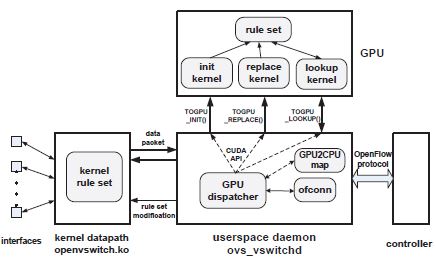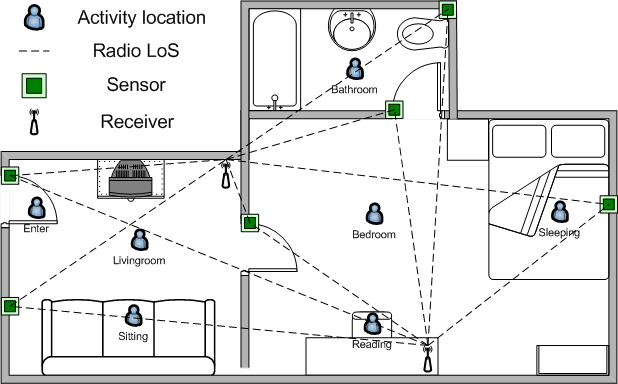 |
MobilityFirst is a NSF funded Future Internet Architecture (FIA) project aimed at the design and validation of a comprehensive new architecture for the next-generation Internet with mobility as the norm. In this architecture, we split the identifier of a network object from its location. We use a flat, self-certifying global unique ID (GUID) space to name objects at the network level and is decoupled from network address. A distributed global name resolution service (GNRS) is utilized to maintain and resolve the binding between GUID and address(es). Since the start of the project in Sept. 2010, we have worked on several key aspects of the architecture (including content access, name service, transport control, etc), and built a complete prototype of the whole protocol stack. Links: MobilityFirst website, MIT technology Review article on FIA, Sarnoff'12 paper, MobiHoc'14 poster, WoWMoM'15 paper, WoWMoM'15 PhD forum, ICNP'15 paper |
MobilityFirst Future Internet Architecture
Content-Centric Networking Future Internet Architecture
 |
Content-centric networking (CCN) proposes a name based communication paradigm. Here when a client wants to request a content, it needs to issue a bunch of Interest packets, each corresponding to a specific data chunk of the content. And the network will be responsible for retrieving the content back to the receiver. The data transaction here is naturally a receiver-driven, hop-by-hop, and multi-source, multi-path transfer fashion. TCP cannot work well in this case. We design a transport scheme with elements including: AIMD-based receiver Interest control, random early marking based explicit congestion control, and fair share Interest shaping at each hop. We implement the whole protocol stack of the architecture using click and evaluate the scheme on ORBIT testbed. The evaluation shows that CHoPCoP is a viable approach that can effectively deal with congestion in CCN's multipath environment, and improves the total network throughput by at least 103% over existing solutions that use single RTT estimation. Links: WINTECH'13 demo, ICCCN'14 paper, Slides, Elservier COMCOM journal |
High Speed Packet Switching through GPU
 |
Commercial virtual switches implement software-based packet classification aimed solely at general purpose CPUs. In this work, we explore the extent to which packet classification can be accelerated using the high parallelism and latency hiding capabilities of graphic processing units (GPUs). We implement GPU-accelerated versions for linear, tuple and bloom search. We then build GSwitch, a GPU-accelerated software switch with high-speed packet I/O using PF_RING, and extend Open vSwitch to take advantage of packet classification in GPU. Our experimental evaluation indicates that, under realistic rule sets, the performance of GSwitch is bounded by packet I/O, and not by packet classification. We also show that our GPU-accelerated Open vSwitch outperforms classic Open vSwitch by a factor of 10, on average. Links: CoNEXT'14 paper |
NetMiner: Measurement of User Transition among Networks
 |
With the prevalence of mobile devices and a dense deployment of wireless/mobile access networks, a user may transit among multiple access networks every day. Such mobility in the network from a network-addressing point of view differs from physical human mobility. In this work, we develop an Android application, NetMiner, which measures the network connection changes of the device. Such measurements could be used to build a network mobility model, facilitating applications like mobility prediction, content prefetching, etc. |
RF-based Device-free Localization
 |
Knowing how many people and find where they are in indoor environments without requiring them to carry any devices can facilitate everyday life in scenarios like elder-care, rescue operations, security enforcement, etc. We take advantage of the fact that human subjects change the radio propagation when different number of people are in the environment and in different locations, and derive unobtrusive and energy-efficient algorithms to accurately count and localize the number of people. We have validated this technique through extensive experiments in different home and office settings with low-power radio sensors infrastructure deployment. Links: IPSN'13 paper |